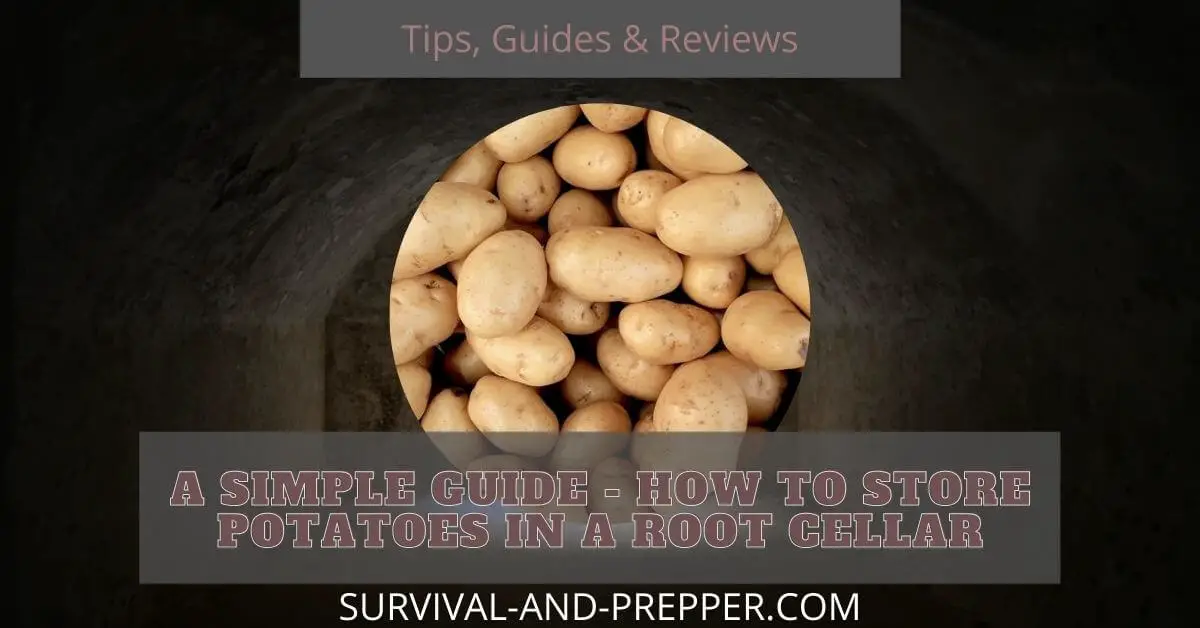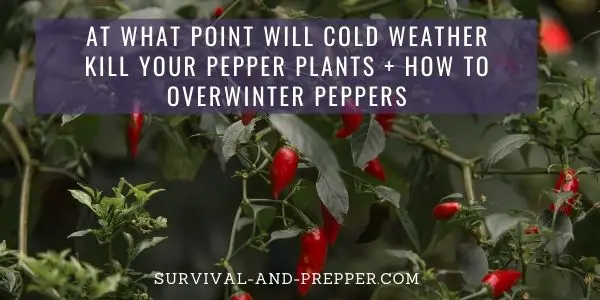A Simple Guide – How to Store Potatoes in a Root Cellar
Why Store Potatoes in a Root Cellar?
Storing potatoes in a root cellar provides ideal conditions for long term storage. Most potatoes will store best in a cool dark place. They prefer temperatures of around 50 to 55 degrees Fahrenheit. Since the ground temperature at depths of 15 to 20 feet matches this it makes underground storage an ideal location for potatoes.
How Do I Store Potatoes in a Root Cellar so They Do Not Rot?
When storing potatoes in a root cellar they should be properly cured first. This basically means dried and aged for about two weeks. Once that has been done then you can sort them and move them into the root cellar.
Keep these tips in mind for best results.
- Do not wash the potatoes before storage
- Pat them dry with a cloth and brush off any remaining dirt
- Examine the skins for signs of damage, rot, bruising or disease
- Store them in crates or a mesh that allows air flow around them
- Avoid any excess moisture in your root cellar
- Monitor every two weeks for rot, moisture and sprouting
When choosing a container to store the potatoes in I prefer a plastic material. Plastic does not degrade or rot if exposed to some moisture. Finally most pests do not consider plastic an ideal home unlike a material such as cardboard.
You can stack the potatoes in the crate to get added space, just be careful not to put in so many that the weight damages the ones below them.
These simple steps will help to ensure that your potatoes remain ready to eat. With proper care and regulating of the temperature you can expect potatoes stored in a root cellar to last around 6 to 8 months if not longer.
Why you should store potatoes and onions separately.
When Storing Potatoes in Root Cellar What Should I Look For?
Once your potatoes are cured and before you place them into their bins for storage you should cull out any that are unsuitable for long term storage.
These include any potatoes that have sprouts growing already, showing signs of green skin, have damage to their skin or are showing signs of rot beginning. All of these factors could end up shorting the time it takes for your harvest to begin rotting.
When you check on your potatoes periodically you may notice the smell of a rotting potato, if so then you need to find that one and remove it along with any others that it is in close contact with.
Things to Avoid When Storing Potatoes in a Root Cellar
Avoid storing any potatoes that have been exposed to direct sunlight, it is likely that these will have started to turn green which gives them a bitter taste.
Additionally you want to avoid storing potatoes that have unhealed damage to their skins. If you accidentally nick or damage the skin of a potato, allow it to remain in a cool dry area where you can monitor it until the damage turns hard. Or you can go ahead and cook it and consume it before it shows any signs of rot.
It is also important to avoid storing potatoes with certain other vegetables and fruit, namely onions and most fruits. They release a type of gas that will cause the potatoes to sprout early and begin the decomposing process.
Lastly, you want to avoid sudden changes in temperatures. The potatoes are likely to consider this as a change of season and may sprout to begin growing after being dormant for the winter.
In Essence Storing Potatoes in a Root Cellar Provides Ideal Conditions
By following the simple guidelines outlined here you will be able to keep your potatoes fresh and ready to be eaten all throughout the off season. If you plant two crops of potatoes per year you can easily maintain a year round supply of potatoes.
I hope you enjoyed this article and please look around at some of the other articles on the site. Of particular interest to you may be How to Clean Collard Greens or Fantastic Places to Store Emergency Food.





